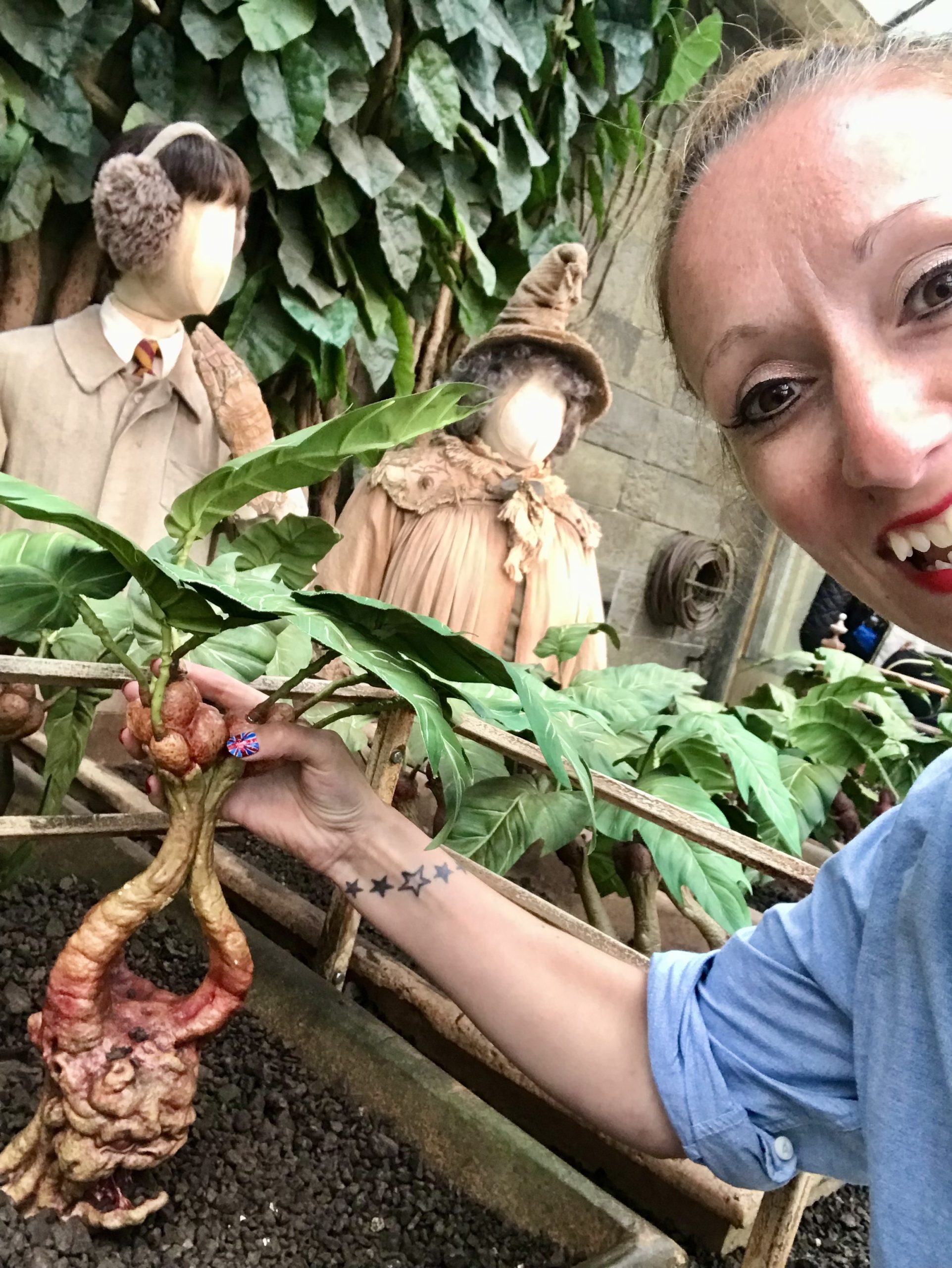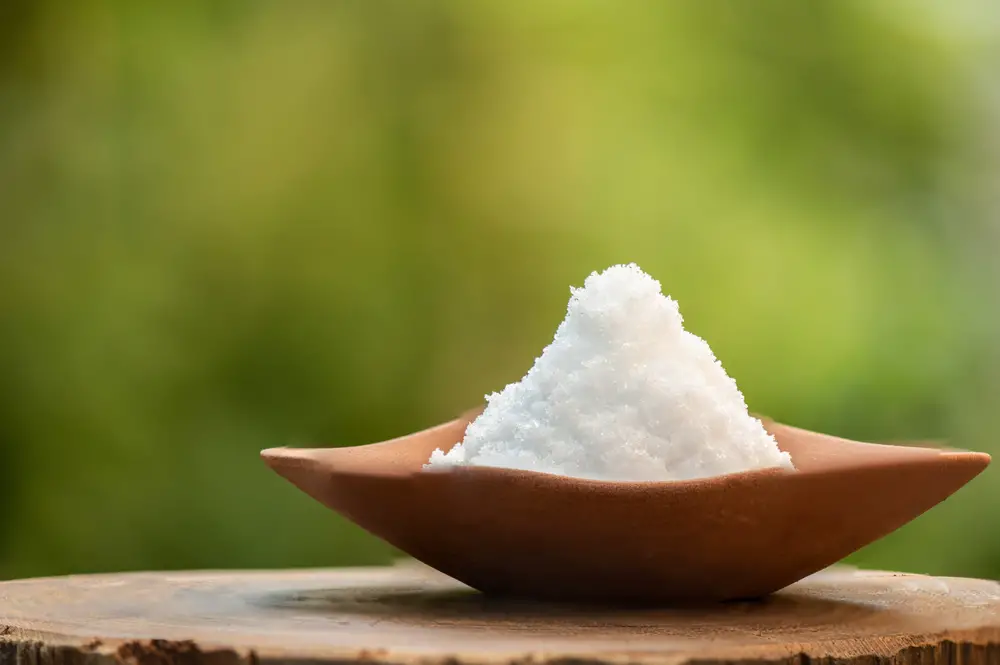The Wonders Of Epsom Salts For Plants
Unleash the secret weapon in your pantry for healthier, more vibrant flowers, vegetables, and trees.
This inexpensive item could be just what you need to help your plants grow greener, healthier, and have more blooms! You can also learn if you can use Epsom salts on succulents here.
So, let’s find out why Epsom salts are a plant superfood!
What Are Epsom Salts?
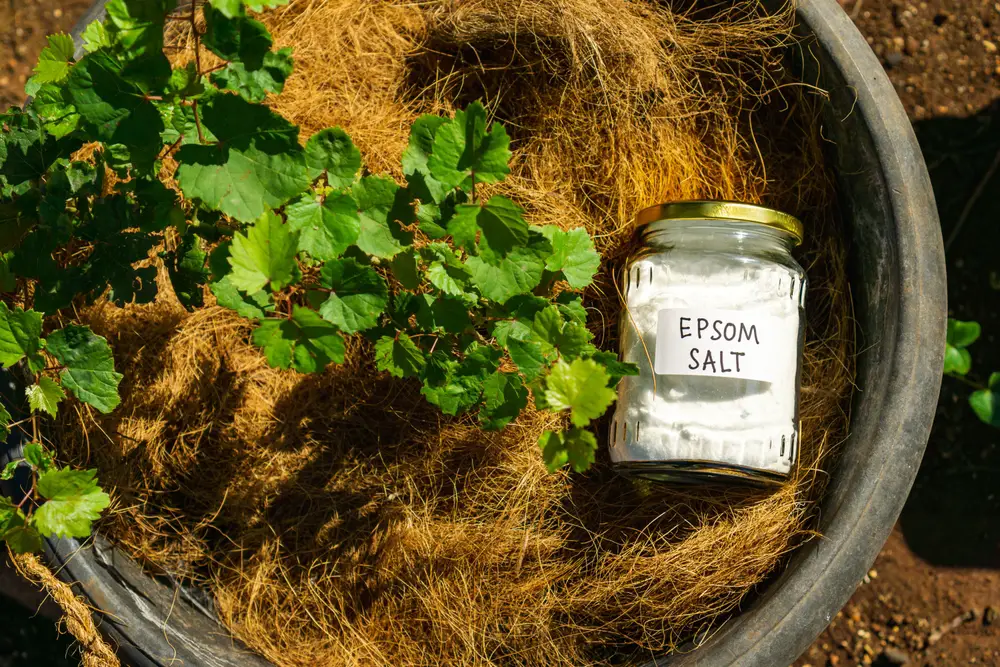
Epsom salts is the common name for magnesium sulfate. It gets its name from a town called “Epsom” in Surrey, England where the compound was originally discovered. The water there has a high magnesium sulfate content.
Magnesium and sulfur are both nutrients needed for plant growth. They are “micronutrients” that support plants in many ways.
You may have heard of “macronutrients.” These are nutrients plants need in large amounts, the main three are nitrogen (N), phosphorous (P), and Potassium (K). You have probably seen “N-P-K” on fertilizer packaging.
What Are The Benefits Of Epsom Salts For Plants?
Here are just some of the many benefits of Epsom salts for plants:
Better Nutrient Uptake
As we have just covered, Epsom salts are micronutrients. One of the jobs micronutrients does is increase the uptake of macronutrients.
Epsom Salts, for example, help plants absorb macronutrients, like nitrogen. In fact, magnesium is essential in the plant’s ability to process phosphorus.
This helps the plant’s overall health as it has a good supply of all the nutrients it needs.
Greener Foliage
The magnesium in Epsom salts is the main component in chlorophyll.
Quick Science: Chlorophyll is a pigment inside the leaves. It takes in blue and red light waves from sunlight and reflects green light waves. This is why plant leaves are green!6
Leaves play an important role in converting sunlight into energy that the plants use to grow. This is photosynthesis. Without this process, plants can’t grow!
So giving your plants Epsom salts ensures they stay a healthy green color!
Balances Nutrients
If your soil lacks nutrients, add Epsom salts to help balance them.
Often when you grow tomatoes, for example, your soil lacks enough magnesium for healthy growth.
Epsom salts are a quick and inexpensive way to give your plants, like tomatoes, the magnesium they need.
Natural Pest Deterrent
Pests are every gardener’s enemy! But we don’t always want to use chemicals to get rid of them, especially on the vegetables we want to eat.
Using Epsom salts is a natural way to keep pests, such as beetles, at bay.
The Importance Of Soil Testing
You may have wondered “Will Epsom salt hurt my soil?” While it won’t hurt your soil, you do want to do a soil test before you add any Epsom salts. A soil test determines magnesium levels in your soil.
There are many benefits of Epsom salts for plants but you have to be careful with overuse.
Therefore, a soil test is crucial to avoid overapplying Epsom salts, which can be harmful to some plants.
Epsom salts are not a substitute for fertilizer. We recommend using them in addition to a balanced fertilizer.
9 Plants That Thrive With Epsom Salts
Now you know all the benefits of Epsom salts for plants, here are 9 plants that love Epsom salts:
1 – Roses
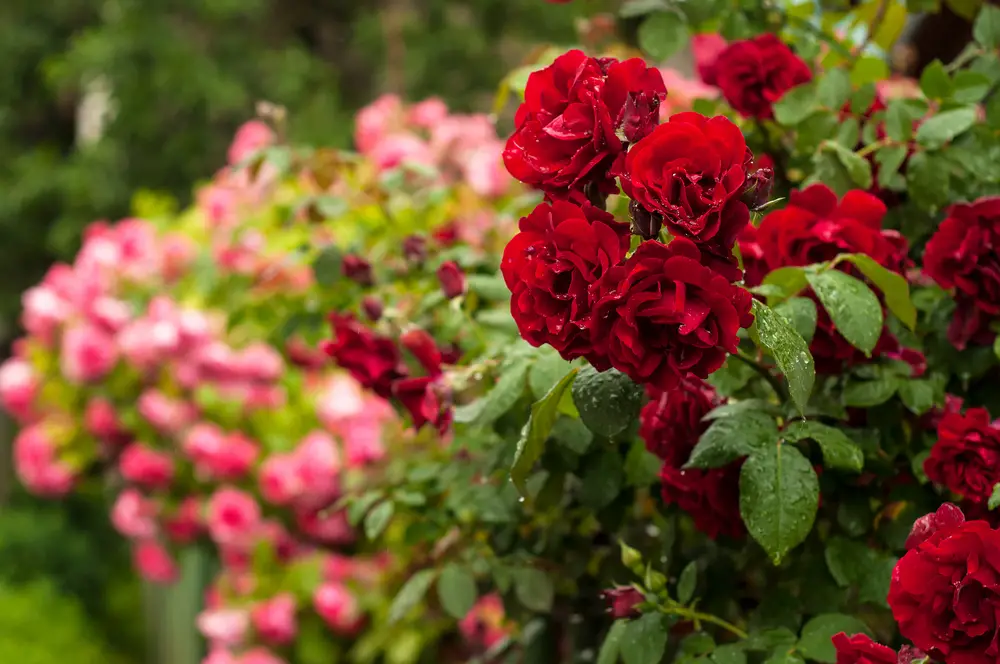
Encourage Lush Blooms And Vibrant Foliage
Roses are the flower of love and do you know what roses love? Epsom salts!
From tea roses to climbing roses, from grandiflora roses to miniature roses, there is a variety to suit any taste. Their famous blooms come in a wide variety of colors, including:
- Classic red
- Pretty pink
- Elegant white
- Friendly yellow
- Dramatic blue
Whatever color suits your taste, you are going to want beautiful big blooms. Epsom salts are a great, inexpensive amendment to use on your roses to ensure bigger and better blooms and overall plant health.
If you ever wonder “how much Epsom salt to use for roses,” use our easy guide below.
How To Use Epsom Salts On Roses
Planting: Add 1 tablespoon to each hole before planting
Root: This method helps roots recover and adjust. Dissolve ½ cup of Epsom salts in 1 gallon (3.78 liters).
- Place unplanted roses in the solution and allow them to soak for 1 hour
Base Application: To encourage base cane growth and flowering, work ½ cup of Epsom salts into the soil around the base of your roses.
- Do this once in the Spring
Watering: Dissolve 2 tablespoons of Epsom salts in 1 gallon (3.78 liters) of water. Use this to water your roses.
- You can use this once a month or every 2 to 4 weeks in peak growing season
Foliage Spray: Dissolve 1 tablespoon of Epsom salts in 1 gallon (3.78 liters) of water and spray directly on leaves.
- Apply every week
- Always do this early morning or evening, not in the heat of the day
- This also keeps unwanted pests away
Sources: 1
2 – Tomatoes
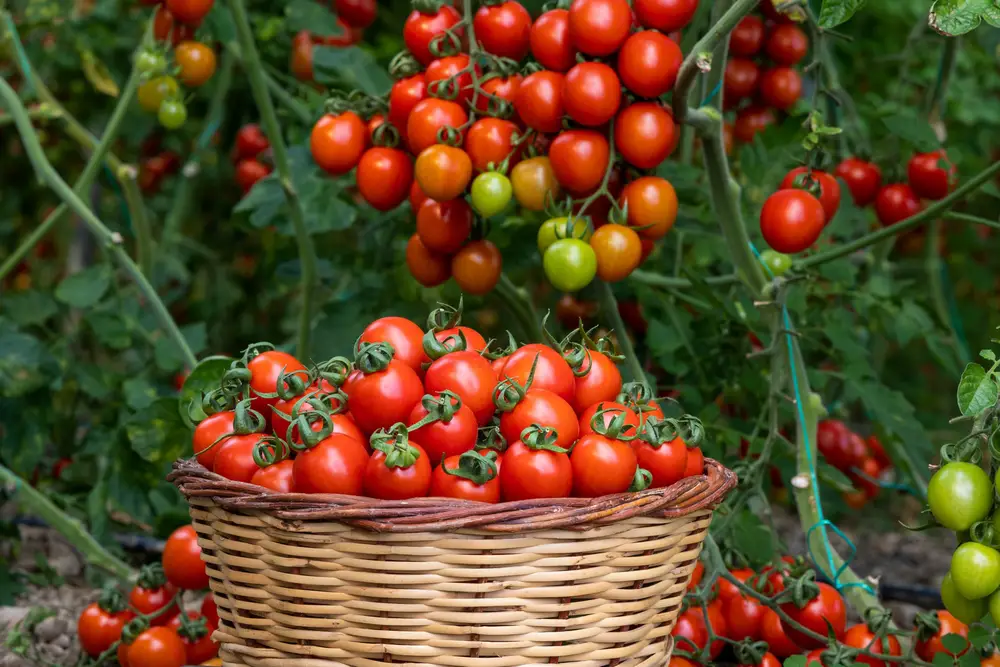
For Sweeter, More Abundant Fruits
Who doesn’t love the sweet taste of homegrown tomatoes?! I snack on my cherry tomatoes right off the plant!
Tomatoes are another of the plants that loves Epsom salts. Applying Epsom salts to a vegetable garden can help in many ways.
Epsom salt for tomato plants encourages healthy leaf growth and root development which leads to a better harvest.
Use Epsom salts to help prevent blossom end rot and promote bigger and better fruit production.
How To Use Epsom Salts On Tomatoes
Base Application: Dissolve 1 tablespoon of Epsom salts in 1 gallon (3.78 liters) of water. Use this to water your tomatoes.
- Apply this every 2 weeks in peak growing season
Foliage Spray: Dissolve 1 tablespoon of Epsom salts in 1 gallon (3.78 liters) of water and spray directly on leaves.
- Always do this early morning or evening, not in the heat of the day
Sources: 1
3 – Peppers
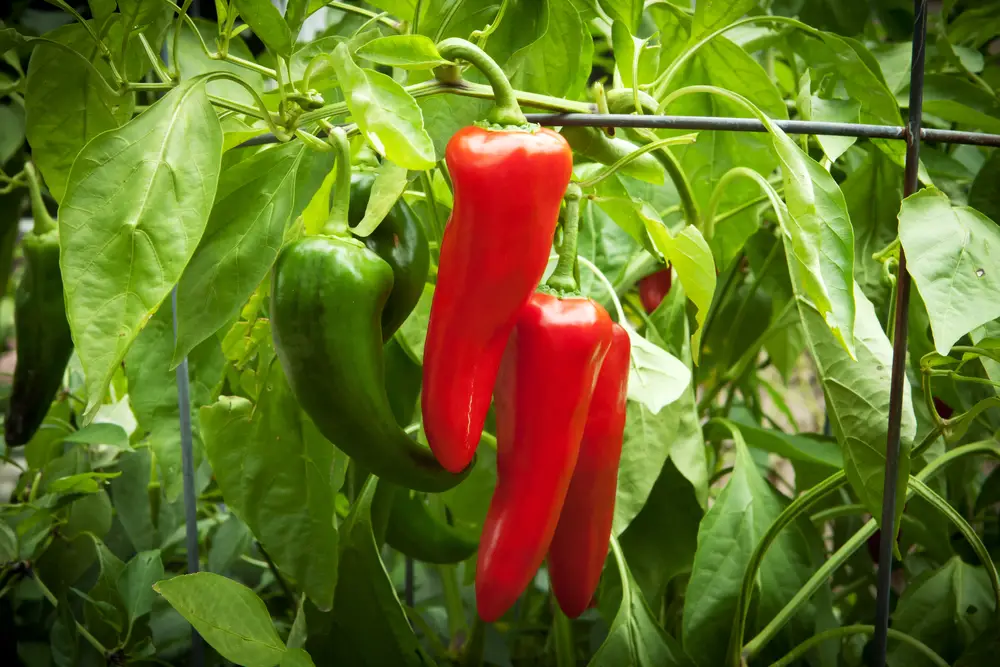
Spice Up Your Harvest with Epsom Salt Magic
Whether you are growing bell peppers or hot peppers, you are going to want to use Epsom salts!
Magnesium helps to build stronger cell walls in peppers, which means they can absorb more nutrients.
Epsom salts also increase the amount of flowers that develop which in turn leads to a bigger and better harvest!
How To Use Epsom Salts On Peppers
Planting: Add 1 tablespoon to each hole before planting
Foliage Spray: Dissolve 1 tablespoon of Epsom salts in 1 gallon (3.78 liters) of water and spray directly on your pepper plants.
- Apply when your peppers start to bloom
- Reapply 10 days later
- Always do this early morning or evening, not in the heat of the day
Sources: 1
4 – Eggplant

Bigger, Tastier Eggplants Within Reach
Eggplants are part of the nightshade family. They are also part of many delicious recipes!
Whether it’s eggplant lasagne or baba ganoush that’s your go-to recipe, you are going to want your plants to produce big, tasty eggplants!
In the same way Epsom salts help other members of the nightshade family like tomatoes and peppers, eggplants also benefit from it.
Using Epsom salts on eggplants has these benefits:
- Improves overall plant health
- Promotes greener leaves
- Encourages more blooms
- Helps prevent blossom-end rot
- Increases the size and quantity of fruits
- Bigger harvests
How To Use Epsom Salts On Eggplants
Planting: Add 1 tablespoon to each hole before planting
Foliage Spray: Dissolve 1 tablespoon of Epsom salts in 1 gallon (3.78 liters) of water and spray directly on your eggplants.
- Apply when your eggplants start to bloom
- Reapply 10 days later
- Always do this early morning or evening, not in the heat of the day
Sources: 1
5 – Hydrangeas
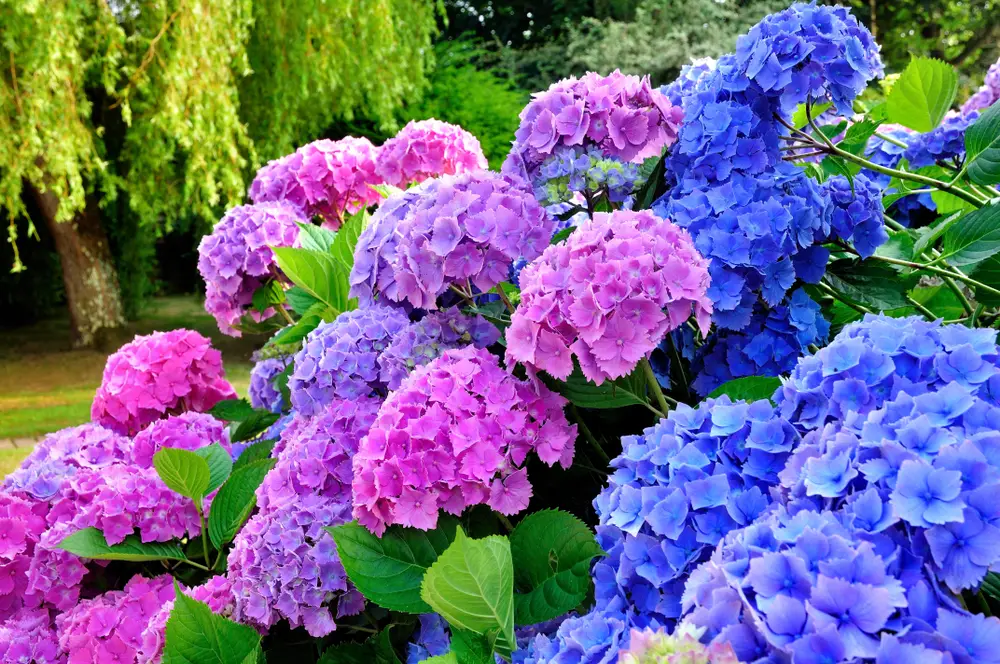
Dazzling Blooms in Vibrant Colors
Hydrangeas in full bloom is a spectacular show in any garden.
Did you know that Epsom salts help hydrangeas change color?! The color of hydrangea blooms is dependent on the pH of the soil.
Here’s how the pH of soil affects the color:
- Blue Flowers: grow in soil with a pH of 5.5 or lower
- Pink Flowers: grow in soil with a pH of 6.5
- Purple Flowers: grow in soil with a pH of between 5.5 and 5.6
Epsom salts help lower the pH which turns the flowers blue!
Also, the magnesium in Epsom salts boosts the overall health of hydrangeas and allows them to produce bigger, more vibrant blooms. Epsom salt is good for flowering plants.
How To Use Epsom Salts On Hydrangeas
Root Application: Dissolve 1 tablespoon of Epsom salts in 1 gallon (3.78 liters) of water.
- Apply around the roots of your hydrangeas.
- You can apply this every 2 to 4 weeks in peak growing season
Sources: 1
6 – Crape Myrtles
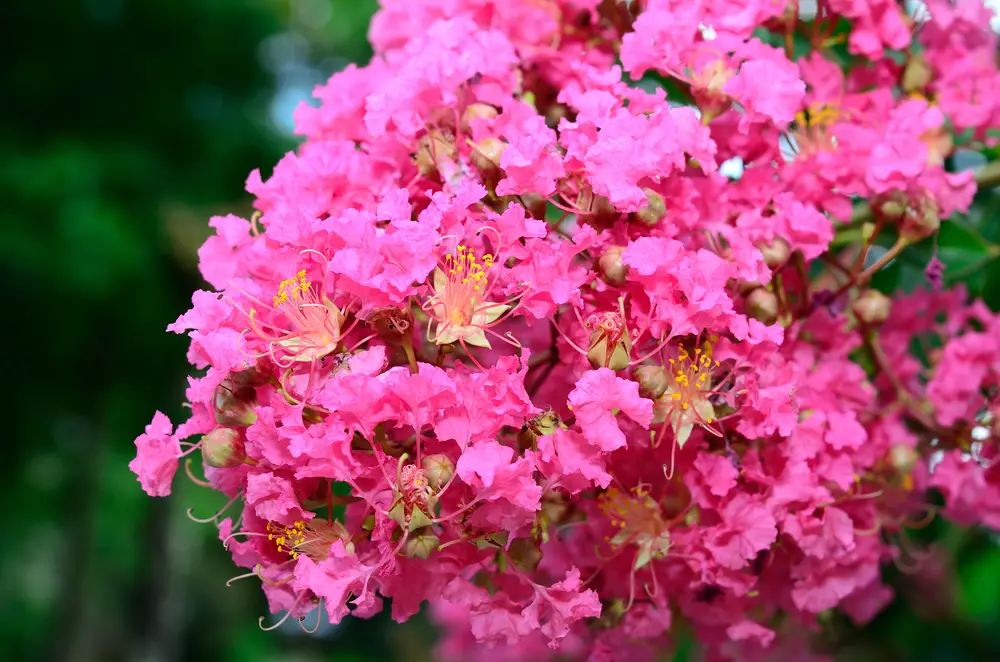
Enhance Flowering and Overall Plant Health
Crape Myrtles offer year-round beauty to your garden. From their sensational summer blooms to the fabulous fall foliage, crape myrtles are a beautiful addition to any space.
They are prolific bloomers, their flowers come in shades of:
- Reds
- Pinks
- Purple
- White
They come in a variety of sizes too, from smaller bushes to towering trees that can grow as tall as 30 feet (9.14 meters) high and 15 feet (4.57 meters) wide!
So with all that glorious growth, you want to make sure they get their much-needed nutrients.
Using Epsom salts to feed and support your crape myrtles is a great way to ensure more blooms and stronger overall growth.
How To Use Epsom Salts On Crape Myrtles
Root Application: Dissolve 1 tablespoon of Epsom salts in 1 gallon (3.78 liters) of water and apply around the roots of your crape myrtle bush or tree.
- For newly planted crape myrtles, only apply once a month
- For established crape myrtles, you can apply this every 2 to 4 weeks in peak growing season
Foliage Spray: Dissolve 1 tablespoon of Epsom salts in 1 gallon (3.78 liters) of water and spray directly on leaves.
- Always do this early morning or evening, not in the heat of the day
Sources: 1
7 – Fruit Trees (Citrus, Apple, Mango)
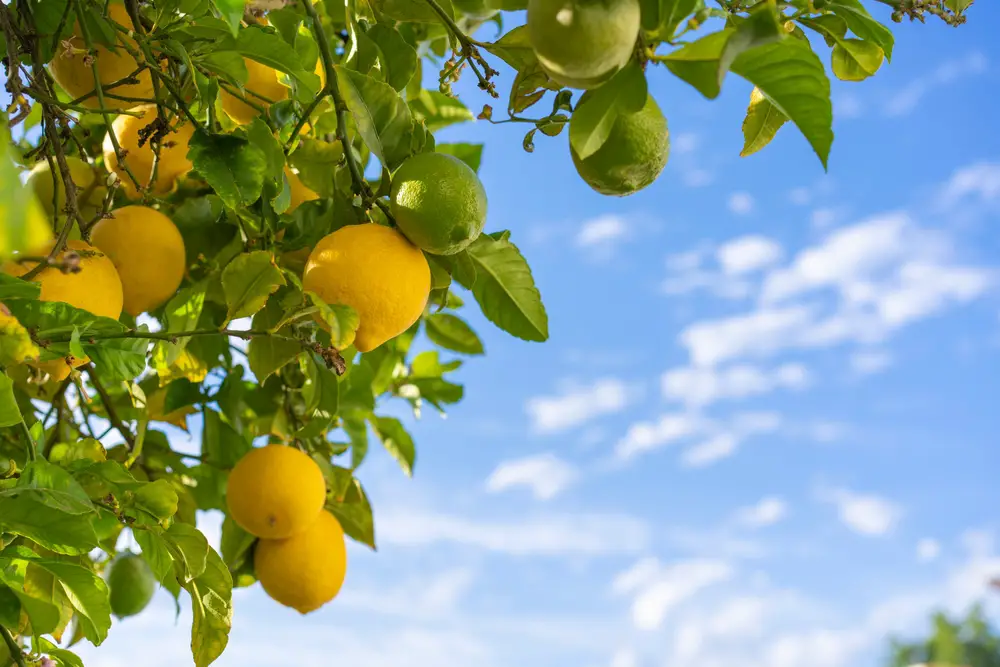
Encourage Fruit Production and Tree Health
It’s so wonderful to go outside and pick a piece of fruit fresh from the tree!
Anyone who has grown their own knows the importance of healthy fruit development. Did you know Epsom salts are beneficial in promoting tree health and fruit production?
You can use Epsom salts on a variety of fruit trees, including:
- Citrus
- Apple
- Mango
Magnesium is an essential nutrient in plant growth. It also helps the plant absorb nutrients like nitrogen, phosphorus, and potassium.
Using Epsom salts on your fruit trees has many benefits, such as:
- Increased flower and fruit production
- Greener and healthier leaves
- Improve overall tree health
How To Use Epsom Salts On Fruit Trees
Root Application: Dissolve 2 tablespoons of Epsom salts in 1 gallon (3.78 liters) of water and apply around the roots of your crape myrtle bush or tree.
- Apply this once a month
Foliage Spray: Dissolve 1 tablespoon of Epsom salts in 1 gallon (3.78 liters) of water and spray directly on leaves.
- Always do this early morning or evening, not in the heat of the day or direct sunlight
Sources: 1
8 – Ferns
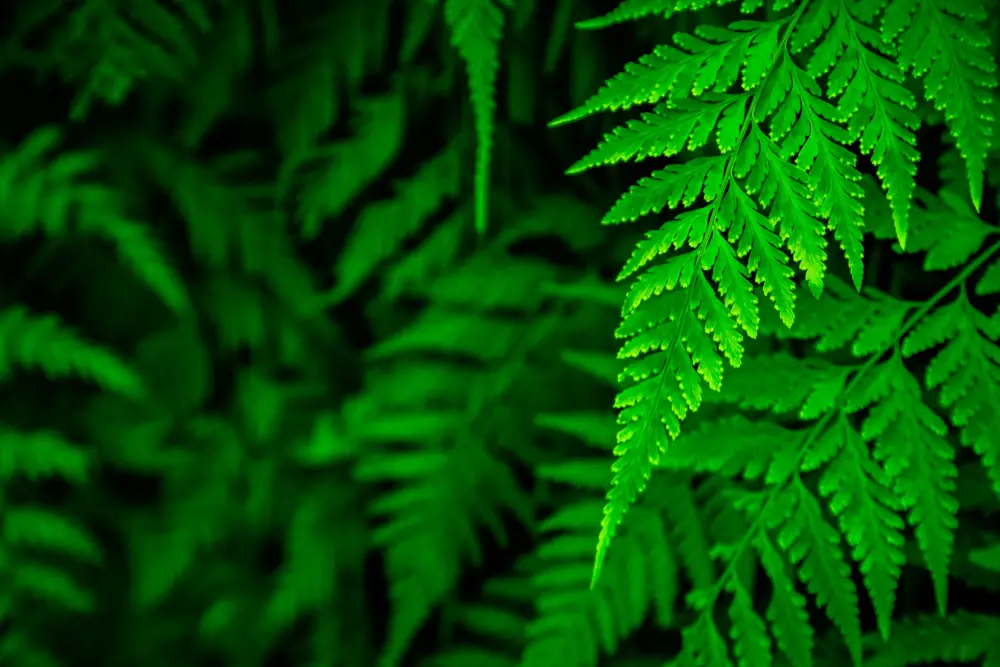
Lush, Greener Foliage for a Tropical Touch
Glorious green ferns transport you to a tropical oasis. Whether you have them indoors or outdoors, ferns are a verdant vision!
Nothing ruins a lush tropical vibe like wilted, yellowing ferns. Use Epsom salts on your fern plants to avoid this!
Epsom salts play an important role in the synthesis of chlorophyll. It is chlorophyll that is responsible for the lush green color of leaves.
So to keep your ferns a healthy, vibrant green color, use Epsom salts!
How To Use Epsom Salts On Ferns
Base Application: Dissolve 2 tablespoons of Epsom salts in 1 gallon (3.78 liters) of water and drench the base of your ferns
- Use this to water your ferns once a week
Foliage Spray: Dissolve 2 tablespoons of Epsom salts in 1 gallon (3.78 liters) of water and spray directly on leaves.
Sources: 1
9 – African Violets
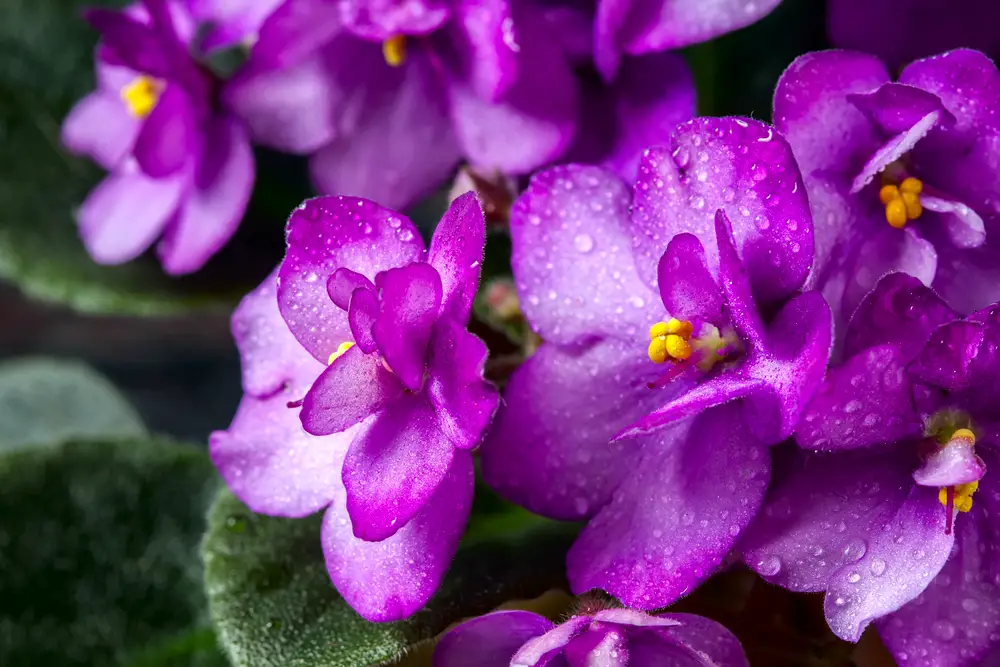
Vibrant Blooms and Flourishing Foliage for Indoor Beauty
African violets make a wonderful small house plant. Their leaves are a velvety deep green and the flowers come in:
- Purple
- Pink
- White
African violets actually prefer smaller pots, so they are perfect for smaller spaces.
While African violets do well in most houses, they can be a little fussy! They require adequate nutrients to produce their wonderful blooms. This is where Epsom salts can help!
- Using Epsom salts to feed your African violets encourages more blooms
- Because Epsom salts help chlorophyll synthesis, it will make the leaves greener
- Epsom salts help plants take up nutrients, so you will have healthier foliage
How To Use Epsom Salts On African Violets
These small plants require small doses!
Overuse can cause the leaves to scorch. Before you add Epsom salts look for signs of magnesium deficiency, such as:
- Yellowing leaves
- Brittle leaves
- Light green leaves
Seeds: Epsom salts help with seed germination. Mix 1 tablespoon of Epsom salts in 1 gallon (3.78 liters) of water and use this to water your newly planted seed
Base Application: Dissolve 1 tablespoon of Epsom salts in 1 gallon (3.78 liters) of water and apply the base of your African violets. Be careful to avoid getting this on the leaves.
- You can apply this once a month every 2 to 4 weeks in peak growing season.
Never use Epsom salts as a foliar spray on African violets. The tiny hairs on the leaves hold the fluid which causes leaf scorch.
Sources: 1
Sources:
- “Gardening with Epsom Salts”. Epsom Salt Council. Accessed July 22, 2024.
